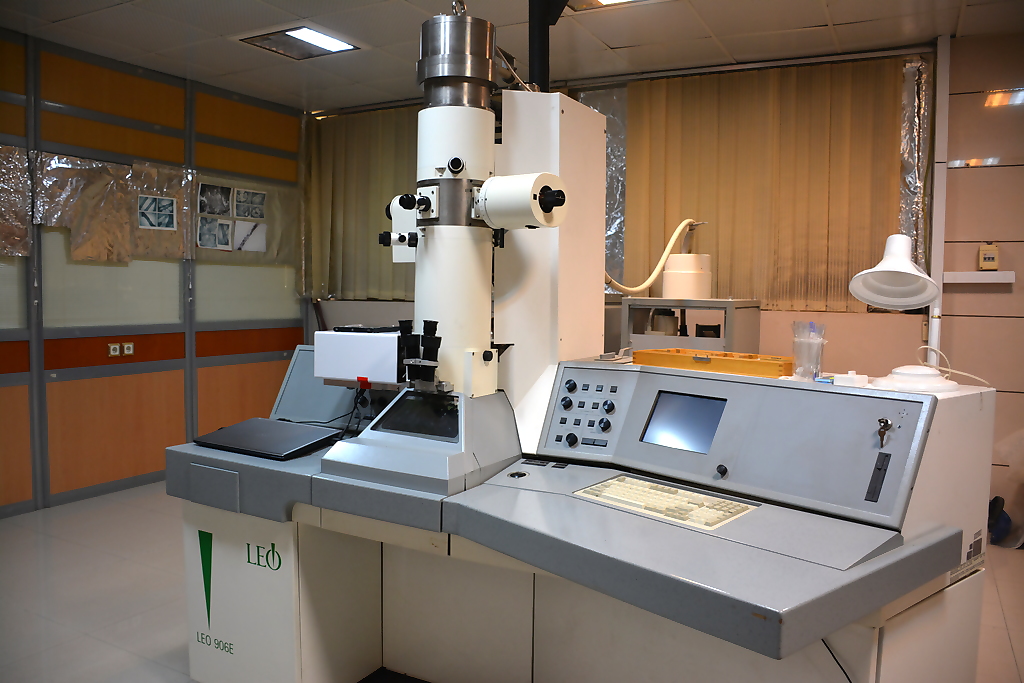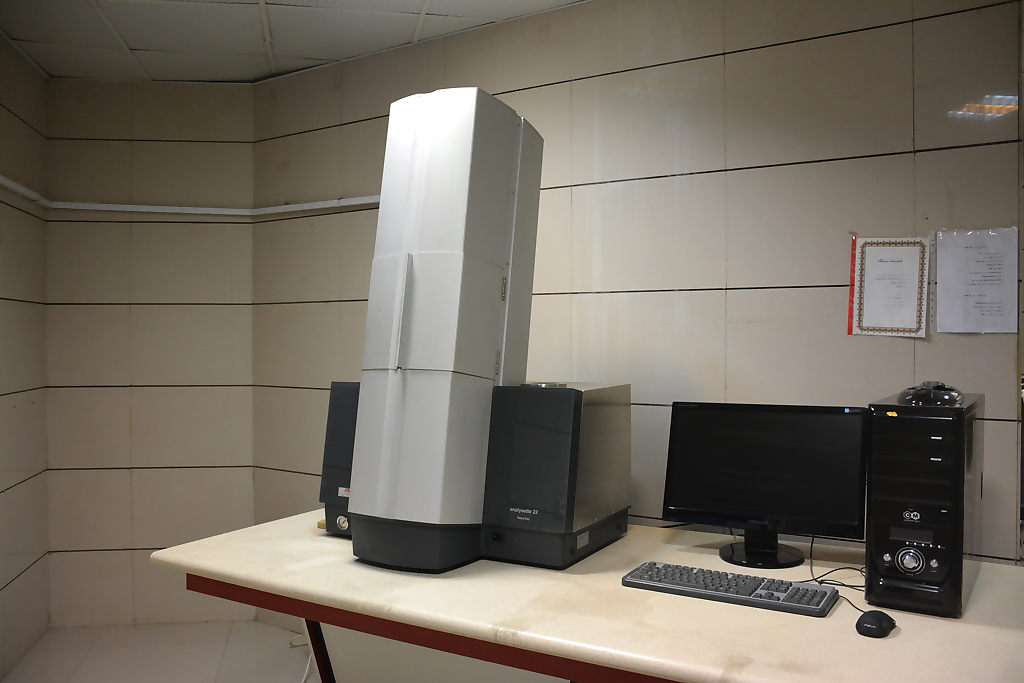LEARNING FACILITIES
- Museum of Science and Nature
- Central Laboratory
- Atomic Absorption Spectrophotometry
- Multi-Channel Battery Test System
- CHNS-O Elemental Analyzer
- GenPure ultra-pure water systems
- Scanning electron microscopy
- Gas Chromatography
- Gass Chromatography Mass Detector
- High-Performance Liquid Chromatography
- Inductively Coupled Plasma
- Liquid Nitrogen Producing Machine
- FT-NMR spectrometer
- Scanning Probe Microscopy
- Simultaneous Thermal Analyzer
- Transmission Electron Microscopy
- Electrospinning
TRANSMISSION ELECTION MICROSCOPY


(Model 906 E Manufactured by LEO)
Transmission Electron Microscopy (TEM) was the first type of electron microscope to be developed. TEM is patterned on light microscope exception TEM a focused beam electron used instead of light.
This microscope images the electrons that pass through a sample. Since electrons interact strongly with matter, they are attenuated as they pass through a solid and require the samples to be prepared in very thin sections, less than 100 nm.
The stream electrons are accelerated toward specimen, using an electrical potential (HV) that is variable between 40-120 KV.
LEO 906 E is able to magnify particles up to 600000 times resolution, with 0.34 nm.
Images are displayed on a fluorescent screen that can be transmitted to monitors to do some changes on its contrast and brightness.
With this kind of TEM we can see image on monitor and it is not necessary to wait for developed image.
TEM can be used in any branch of science and technology where it is designed to study the internal structure of specimen. In terms of biological research and nanotechnology field it is a necessary device.
In TEM, electron beam transmits through specimen, so specimen must be thin enough for electron to transmit. However, the process of sample preparation is difficult and time consumable.
The most import differences between TEM and SEM are:
- In SEM the beam is not static as in the TEM;
- The accelerating voltages in TEM are much higher than SEM (in TEM between 40-120 KV in SEM up to 30KV);
In SEM specimens there is no need to complex preparations.

